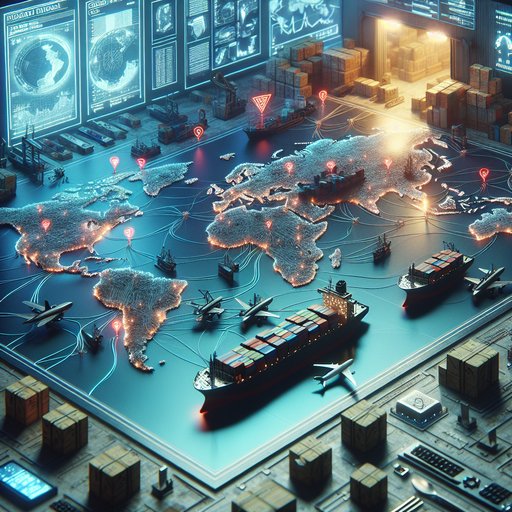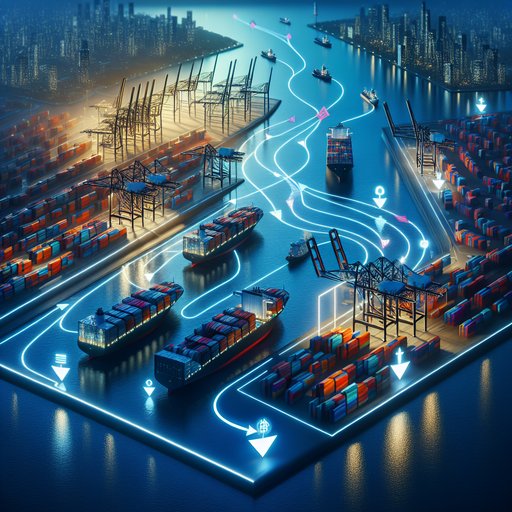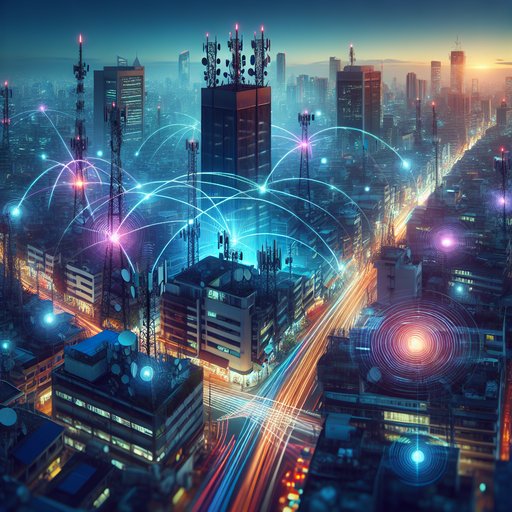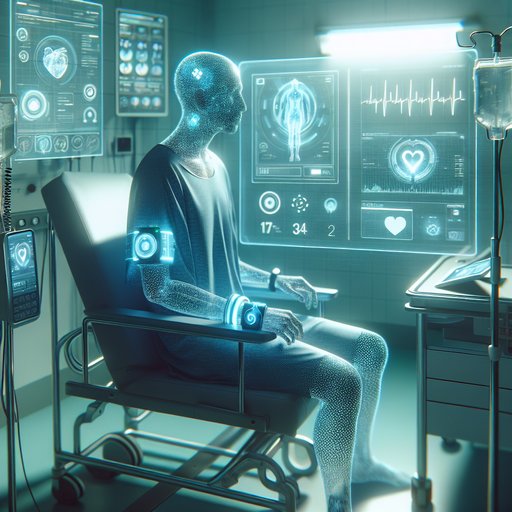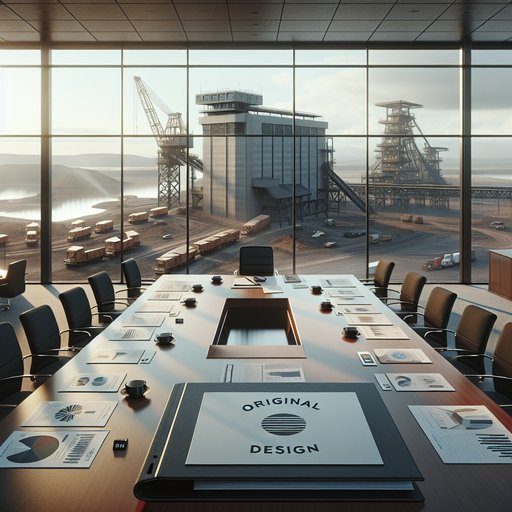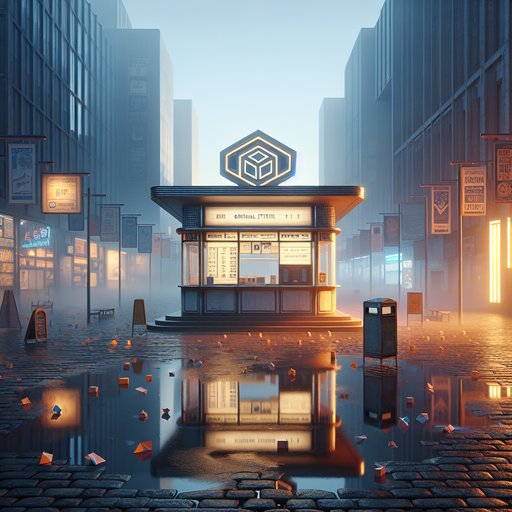Arms of Steel, Minds of Code: How Industrial Robots Quietly Rewrote the Factory Floor

They arrived as sparks behind safety fences—obedient arms doing the dirty work nobody missed—and then kept learning. From the first programmable manipulators to today’s camera‑guided, AI‑assisted cobots, industrial robots have evolved from brute repetition to adaptable collaborators. In their rise is the story of global manufacturing’s last half‑century: the consolidation of car plants, the proliferation of electronics assembly, the tug‑of‑war between offshoring and reshoring, and a new calculus for what work stays human. The robots have not taken over so much as settled in, recalibrating prices, expectations, and borders. Their next act, informed by perception and simulation, will test whether factories can become as reconfigurable as software—able to pivot with demand spikes, climate constraints, and geopolitical shocks. What began as a cage for machines now looks more like a stage where people and robots rehearse a future of shared precision.
































